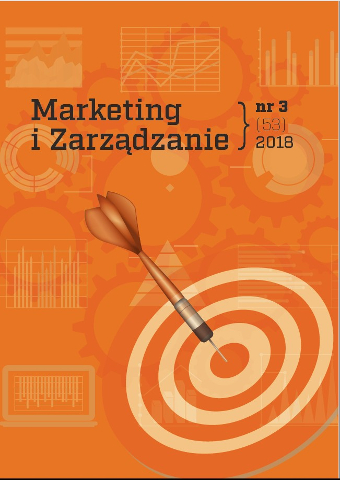
ISSN: 2450-775X
eISSN: 2543-5574
OAI
DOI: 10.18276/miz.2018.53-21


Issue archive /
nr 3 (53) 2018
Apiterapia wśród konsumentów XXI wieku – badania wstępne
(Apitherapy among XXI Century Consumers ‒ Preliminary Studies)
| Authors: |
Natalia
Żak

Akademia Morska w Gdyni Piotr Przybyłowski Akademia Morska w Gdyni |
| Keywords: | apitherapy bee products consumers |
| Data publikacji całości: | 2018 |
| Page range: | 14 (241-254) |
| Klasyfikacja JEL: | P46 M31 R21 |
Abstract
Apitherapy is a traditional, natural method used for the prevention and treatment of diseases. In connection with the inclusion of modern medical practice of bee products and more frequent their widespread use, the paper discusses the use of products of bees in the prevention and treatment of diseases and determine the behavior of consumers in the market for products of bees. As a result of the study it can be concluded that most consumers choose honey, as the most famous bee product origin. They know other bee products and their overall performance. However, they do not know which products can be applied on the condition of the less general nature. In addition to the low level of knowledge about the health properties of honey, respondents also point to the very high price of products of bees.
Download file
Article file
Bibliography
| 1. | Chalcarz, W. (2004). Miód w żywieniu człowieka. Borgis ‒ Postępy Fitoterapii, 2, 91‒94. |
| 2. | Cherbuliez, T. (2013). Apitherapy ‒ the use of honeybee products. W: M. Grassberger (red.), Biotherapy ‒ History, Principles and Practices. London: Springer. |
| 3. | Kędzia, B., Hołderna-Kędzia, E. (2015). Możliwości stosowania produktów pszczelich pochodzenia roślinnego w onkologii. Borgis ‒ Postępy Fitoterapii, 2 (16), 107‒116. |
| 4. | Kubina, R., Kubała-Dzik, A., Wojtyczka, R.D., Szaflarska-Stojko, E., Tylka, P. (2009). Przeciwnowotworowe oraz cytotoksyczne działanie propolisu. Farmaceutyczny Przegląd Naukowy, 9, 22‒24. |
| 5. | Matysiak, J., Matysiak, J., Kokot, Z.J. (2008). Właściwości farmakologiczne jadu pszczelego. Nowiny Lekarskie, 77 (6), 453‒458. |
| 6. | Robinson, A.R., Crane, L.A., Davidson, A.J., Steiner, J.F. (2002). Association between use of complementary/alternative medicine and health-related behaviors among health fair participants. Preventive Medicine, 34 (1), 51‒57. |
| 7. | Stangaciu, S., Hartenstein, E. (2007). Leki z pszczelej apteki. Miodolecznictwo dla każdego. Warszawa: Bauer-Weltbild Media. |
| 8. | Trumbeckaite, S., Dauksiene, J., Bernatoniene, J., Janulis, V. (2015). Knowledge, Attitudes, and Usage of Apitherapy for Disease Prevention and Treatment among Undergraduate Pharmacy Students in Lithuania. Evidence-Based Complementary and Alternative Medicine, 2015, Article ID 172502. |
| 9. | WHO (2013). Traditional Medicine Strategy: 2014–2023 WHO, Geneva, Switzerland. |
| 10. | Wilczyńska, A. (2012). Jakość miodów w aspekcie czynników wpływających na ich właściwości przeciwutleniające. Gdynia: Wydawnictwo Akademii Morskiej w Gdyni. |